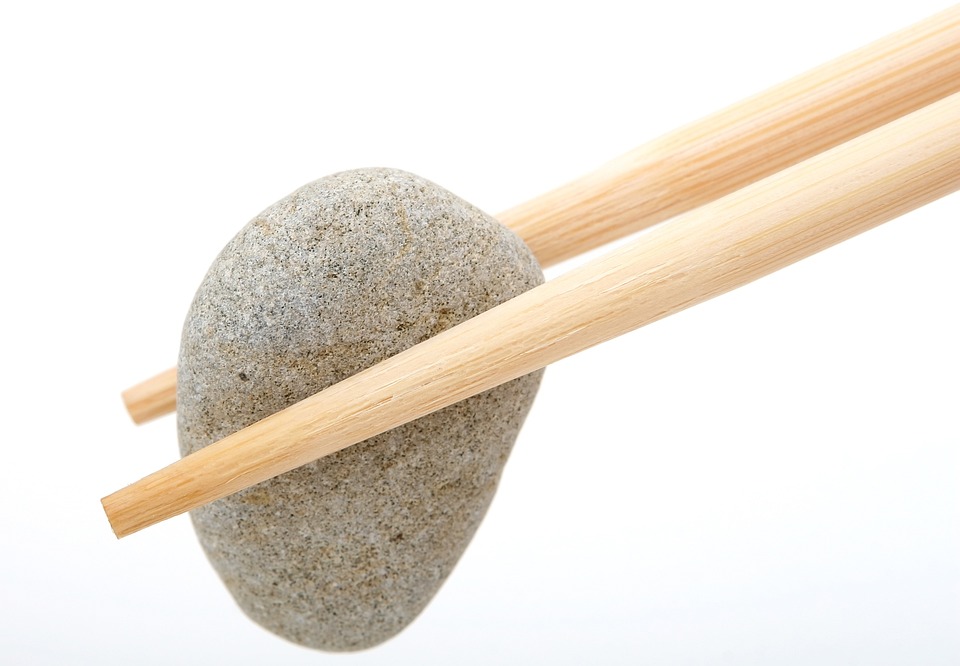The Benefits of Pilates: Sculpting and Toning Your Body
The Benefits of Pilates: Sculpting and Toning Your Body
Pilates is a form of exercise that focuses on strengthening the body’s core muscles while also improving flexibility and posture. It was developed by Joseph Pilates in the early 20th century and has since become a popular form of exercise for people of all ages and fitness levels. Pilates can be performed on a mat or using specialized equipment, and it is known for its ability to sculpt and tone the body. In addition to these physical benefits, Pilates also offers a number of mental and emotional benefits, making it a well-rounded form of exercise that can contribute to overall well-being.
The Physical Benefits of Pilates
One of the main reasons people turn to Pilates is for its ability to sculpt and tone the body. The exercises in Pilates target specific muscle groups, such as the abdominals, back, and glutes, which can help create long, lean muscles. In addition to toning the body, Pilates also helps to improve flexibility, balance, and coordination. The gentle, controlled movements of Pilates can help lengthen and stretch muscles, improving overall flexibility and reducing the risk of injury.
Another physical benefit of Pilates is its focus on improving posture. Many people spend long hours sitting at a desk or hunched over electronic devices, which can lead to poor posture and back pain. Pilates exercises work to strengthen the muscles that support the spine, helping to improve posture and reduce the risk of back pain. As a result, many people find that they stand taller and feel more aligned after incorporating Pilates into their exercise routine.
The Mental and Emotional Benefits of Pilates
In addition to the physical benefits, Pilates also offers a number of mental and emotional benefits. The focus on breathing and mindfulness in Pilates can help to reduce stress and promote relaxation. The mind-body connection that Pilates encourages can also help to improve mental focus and concentration. Many people find that the mental clarity they gain from practicing Pilates carries over into other areas of their life, helping them to feel more balanced and centered.
Furthermore, the low-impact nature of Pilates makes it an ideal form of exercise for people with injuries or chronic conditions. The controlled movements and focus on core strength can make Pilates a safe and effective option for people looking to rehabilitate from an injury or manage a chronic condition, such as back pain or arthritis. As a result, Pilates can help people to feel stronger and more capable in their bodies, improving their overall quality of life.
Getting Started with Pilates
If you are interested in reaping the benefits of Pilates, there are a few different ways to get started. Many gyms and fitness studios offer Pilates classes, which can be a great way to learn the basics and receive guidance from a trained instructor. Additionally, there are countless online resources and workout videos that can guide you through Pilates exercises in the comfort of your own home. Some people also choose to invest in Pilates equipment, such as a reformer or stability ball, to enhance their practice and deepen their understanding of the exercises. Regardless of how you choose to practice Pilates, the important thing is to listen to your body and move with intention and control.
Frequently Asked Questions About Pilates
What are the different types of Pilates?
There are two main types of Pilates: mat Pilates and equipment-based Pilates. Mat Pilates is performed on the floor using a yoga mat, and it focuses on bodyweight exercises and small equipment like resistance bands and balls. Equipment-based Pilates utilizes specialized equipment, such as a reformer, Cadillac, or chair, to enhance the exercises and provide resistance.
How often should I do Pilates?
As with any form of exercise, the frequency of Pilates practice will vary from person to person. Ideally, it is recommended to practice Pilates at least 2-3 times per week to see noticeable results. However, some people may find that they benefit from daily practice, while others may find that they get the results they want with just one or two sessions per week.
Can Pilates help me lose weight?
While Pilates can help to tone and sculpt the body, it is not necessarily a form of exercise that focuses on weight loss. However, when combined with a healthy diet and cardiovascular exercise, Pilates can certainly contribute to a weight loss regimen by building lean muscle and increasing overall calorie burn.
External Site Links
For more information about the benefits of Pilates, check out the following resources:
Official Balanced Body Pilates Website
Shape Magazine’s Pilates Benefits Article
In conclusion, Pilates offers a wide range of benefits for the body and mind, making it a valuable addition to any exercise routine. Whether you are looking to sculpt and tone your body, improve your posture, or reduce stress, Pilates can help you achieve your goals. By incorporating Pilates into your weekly routine, you can experience the many physical, mental, and emotional benefits that this form of exercise has to offer.


